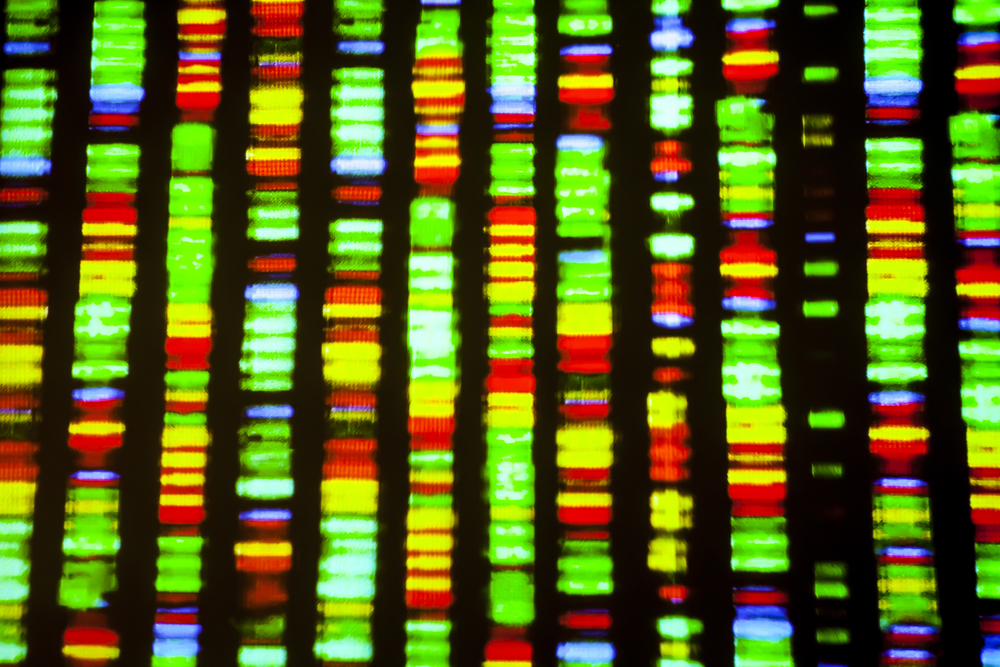Mitochondria Disease Seen to Result from ‘Selfish’ Survival Twist in mtDNA

Researchers at the Vanderbilt University shed light on the mechanism by which mutations in mitochondrial DNA encourage the development and advancement of numerous mitochondrial diseases — work that helps to explain how these “selfish genetic elements” survive and even thrive despite the damage they do.
The researchers, led by Maulik R. Patel, an assistant professor of Biological Sciences at Vanderbilt University, published their findings in the study, “Homeostatic Responses Regulate Selfish Mitochondrial Genome Dynamics in C. elegans” in Cell Metabolism.
Mitochondrial diseases, which range from neurodegenerative conditions to cancer, from myoclonic epilepsy and cardiomyopathy to diabetes, can affect different parts of the body with varying degrees of severity.
“Unlike bacterial infections that tend to be all or nothing, mitochondrial infections can range from zero to 100 percent,” Dr. Patel said in a press release. “This makes mitochondrial disorders multi-symptomatic, with a lot of individual differences. One person with a mutant load of 50 percent might be symptom free while another person with 80 percent might have severe symptoms.”
Mitochondrial diseases are caused by misbehavior of mitochondria, tiny machines in almost every cell that are used to generate the energy that drives cellular physiology. Often called a cell’s “powerhouses,” they play an important role in numerous cellular processes, such as cell growth.
Mitochondria are unusual cellular components. Aside from generating cellular energy, they contain their own DNA, termed mitochondrial DNA (mtDNA), which is separate and unique from other cellular DNA. There are several important genes on mtDNA, which is inherited solely from the mother. The number of copies of mtDNA is tightly regulated in the cell and changes rapidly. Copies of mtDNA can quickly be generated or degraded, depending a cell’s needs. Because of this, mtDNA can occasionally accumulate harmful mutations, jeopardizing cellular fitness and, in some cases, causing disease.
In the study, Dr. Patel and colleagues found that mutant mtDNA is able to hide from the cellular processes that control the number of copies of the mutated mtDNA. As a result, mutant mtDNA increases to a harmful level, while the number of copies of normal mtDNA remains constant. In this way, the harmful outcomes of mutant mtDNA are quickly exacerbated and result in cellular stress and dysfunction within these mitochondria and, ultimately, lead to mitochondrial disease.
The researchers also discovered that the mitochondrial stress caused by the toxic levels of mutant mtDNA initiates a cellular response in an attempt at repair. This stress response is called the mitochondrial unfolded protein response (mtUPR) and resolves the stress within the mitochondria. An inadvertent consequence of mtUPR activation, however, is that in alleviating dysfunction it protects mutant mtDNA from being destroyed. This worsens the overall problem, as mutated mtDNA is allowed to remain in the mitochondria and at high levels.
“Viewed from this perspective, mutant mtDNA can be thought of as selfish entities that exploit cell’s regulatory control mechanisms for their own evolutionary interests,” Dr. Patel said.
Given their ability to circumvent, and even “hijack,” ordinarily protective cellular responses, these mutant mtDNA genomes appear to play a significant role in several mitochondrial disorders.
With these findings, Dr. Patel and colleagues contributed to the understanding of how mitochondrial disorders develop and progress, an essential first step. “Once we know the mechanisms that mutant mitochondria use to evade cellular regulation, then we can develop drugs that target these pathways and prevent the mutations from spreading,” Dr. Patel concluded.






